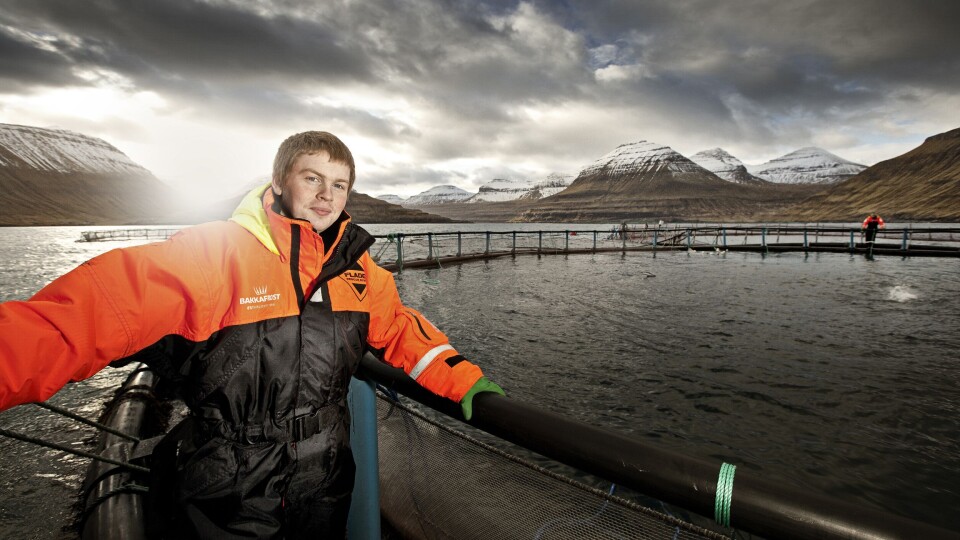
Bakkafrost earnings up 43% after 'eventful' Q1
An “eventful” first quarter of 2017 saw salmon producer Bakkafrost Group’s farming segment deliver an operational EBIT of DKK 373.2 million (£43 million) – up 43 per cent on Q1 in 2016.
This corresponds to NOK 34.27 (£3.17) per kg. The salmon spot prices continued in Q1 2017 on a high level from 2016, which was positive for the farming segment.
The VAP (Value Added Products) segment realized higher prices, but was not matched by the high spot prices, and therefore it made an operational EBIT of DKK -53.0 million (-£6 million).
The EBIT for the fishmeal, fish oil and fish feed segment was DKK 45.1 million (£5 million).

Bakkafrost reported deliver a total operating EBIT of DKK 335.5 million (£39 million) for Q1 2017, with harvested volumes of 13,200 tonnes gutted weight.
CEO Regin Jacobsen said: “The first quarter of 2017 was an eventful quarter for Bakkafrost in many ways. In January, Bakkafrost started the VAP production in the new combined harvest/VAP factory at Glyvrar, which was the last of three operations to start up at the premises at Glyvrar since 2014. The two previous are the packaging operation and the harvest operation, which started up in 2014 and 2016 respectively.
“There were challenges in the farming operation in this quarter, as ISA-virus was confirmed on one farming site. Since ISA suspicion arose in July 2016, Bakkafrost has monitored the development at the farming site closely together with the authorities. Timely action has been taken and all fish harvested immediately.”
At the end of March, pathogenic ISA-virus at farming site A-73 Hvanna-sund Norður was confirmed. Bakkafrost decided to accelerate the already started harvest of the whole site. This ended on 12 April 2017, with the average size of the harvested fish just below 3 kg gutted weight.
New investments
Looking ahead, the company stated: “The outlook for the farming segment is good. The estimates for harvesting volumes and smolt releases are dependent on the biological development.
“The biological situation is Bakkafrost’s most important risk area. The confirmed presence of pathogenic ISA-virus at farming site A-73 in March, draws attention to the importance of a high quality veterinary system to reduce the biological risk. Bakkafrost focuses on biological risk continuously and has made several new investments and procedures to diminish this risk.
“The investments in producing larger smolts will gradually reduce the time needed in the fjords to farm the salmon. This is expected to reduce biological risk and increase the capacity. The capacity growth from this investment program will appear in harvested volumes gradually until 2021.”
Bakkafrost expects to harvest 53,500 tonnes gutted weight in 2017.






















































